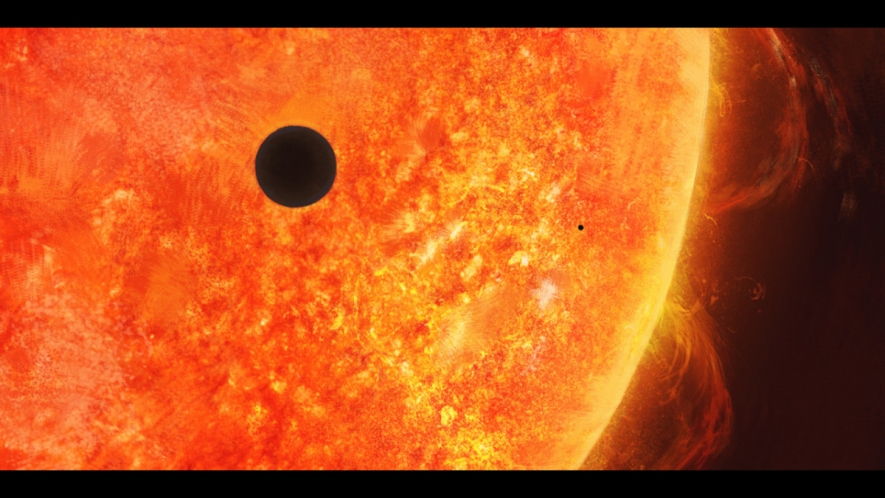The transit or passage of a planet across the face of the Sun is a relatively rare occurrence. As seen from Earth, only transits of Mercury and Venus are possible.
Since Mercury is only 1/158 of the Sun’s apparent diameter, a telescope should be used with a magnification to watch this event. The telescope must be suitably equipped with adequate filtration to ensure safe solar viewing.
The visual and photographic requirements for the transit are identical to those for observing sunspots and partial solar eclipses.The principal events occurring during a transit are conveniently characterized by contacts, analogous to the contacts of an annular solar eclipse. The transit begins with contact I, which is the instant when the planet’s disk is externally tangent to the Sun.
Shortly after contact I, the planet can be seen as a small notch along the solar limb.




















